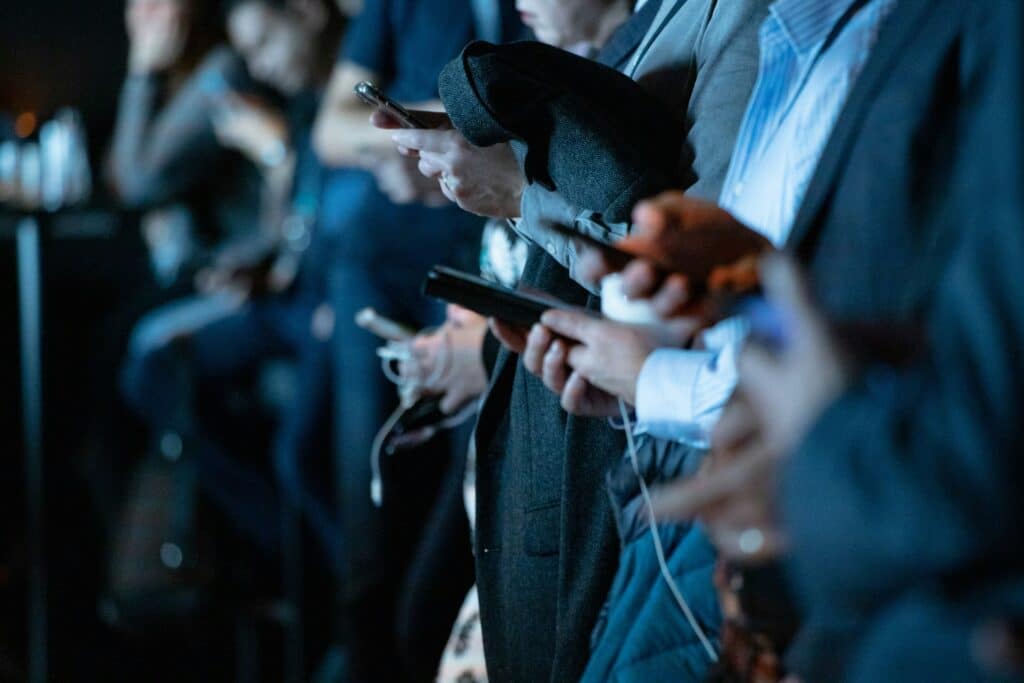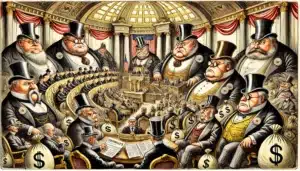In 2008, when Hot Tin Roof invited The Guardian to Edinburgh to document Scotland’s nascent tech scene, Twitter was still an enigma. I remember the moment clearly when one of the journalists, Jemima Kiss, suggested we promote the event on this new platform. “What’s Twitter?” we asked, unknowingly standing at the threshold of what would become a media revolution.
Those early, halcyon days now seem almost mythical. Before Jonathan Ross and Stephen Fry brought Twitter to the mainstream, it was an intimate digital salon where civility reigned and genuine conversation flourished.
Fry himself, one of Britain’s earliest digital influencers captured its essence in 2009: “Twitter is a friendly, sociable entity… a cheery sodality where business and PR are excluded.”
The irony was not lost on us when, just a few months later, we were delivering training sessions on “How to Market on Twitter for Business.” The platform’s transformation from digital coffee house to commercial juggernaut happened at breakneck speed.
And for the PR industry, it represented both opportunity and threat. The carefully controlled corporate voice, long our heavily guarded domain, was suddenly democratised. Every employee became a spokesperson, sending us gatekeepers into a spiral of anxiety.
Yet it was this very democratisation that made Twitter magical. It became the perfect medium for journalists, trained to write short snappy copy, to break free from their institutional constraints: ‘All views my own, not those of my employer’.
Hashtags started to appear onscreen, turning television viewing into a communal experience. #HIGNFY wasn’t just a show anymore – it was a virtual pub where we could join in and commentary flowed freely.
Mark Zuckerberg once described Twitter as ‘a clown car driven into a gold mine.’ He wasn’t wrong. The platform’s founders had created something they barely understood, but we – the users – transformed it into something extraordinary. It was authentic. It was good. It was, for a while, beautiful.
But beauty, as they say, is fleeting.
The platform that once championed openness and freedom has become a parody of its former self. Daily active users have plummeted from 250 million to 162 million. The content moderation team has been decimated. The algorithm now favours inflammatory content over meaningful discourse. The warm, intellectual playground we once knew has devolved into a wasteland of conspiracy theories and tribal warfare.
As countless journalists, creators and institutions abandon the platform for alternatives like Threads and Bluesky, Hot Tin Roof is joining the exodus. We’re not alone – even The Guardian has shuttered its 80 official accounts with their collective 27 million followers.
Perhaps this fragmentation of social media is healthy. The idea that one platform could serve as humanity’s digital town square was always precarious. As we disperse across multiple platforms and formats, from podcasts to substacks, we’re witnessing not just the end of Twitter, but the end of an era in digital communication.
Looking back at Stephen Fry’s 2009 vision of Twitter as a ‘friendly, sociable entity,’ it feels like reading a letter from a more optimistic time. The platform that once democratised voices and amplified ideas has become a cautionary tale about how quickly digital utopias can unravel.
And so after 15 years, we’re leaving the party. Jack Dorsey’s Bluesky beckons with the promise of recapturing that early Twitter magic – a space where authentic voices can flourish and meaningful conversations can thrive. Perhaps lightning can strike twice. The clown car may have crashed but overhead are blue skies.
































